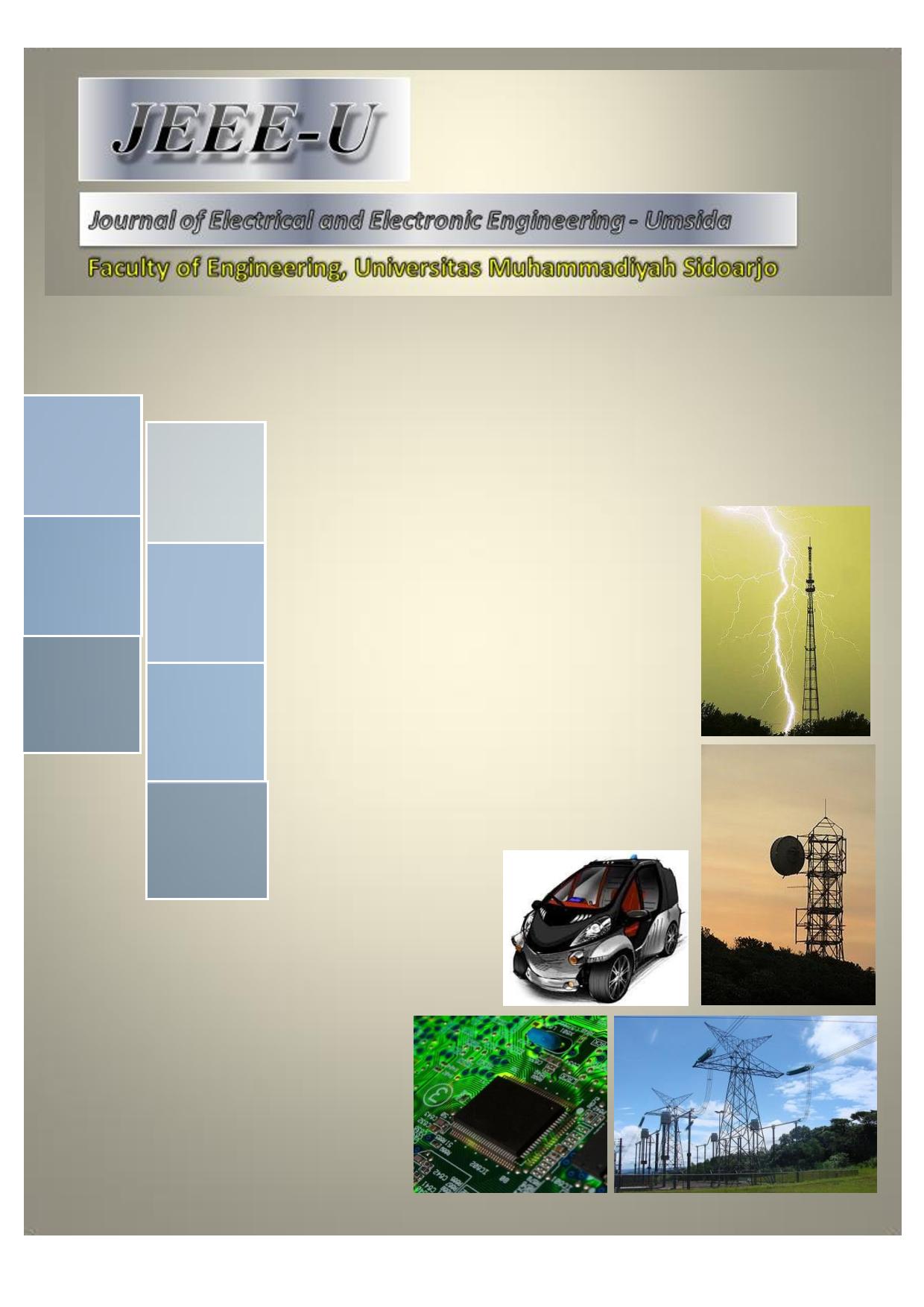PID Implementation for Depth Control and Navigation of Underwater Robots
Implementasi PID pada Pengendali Kedalaman dan Navigasi Robot Bawah Air
DOI:
https://doi.org/10.21070/jeeeu.v9i1.1688Keywords:
Autonomous Underwater Vehicle (AUV), pressure sensor, gyroscope sensor, Control PIDAbstract
As a maritime nation with vast waters, Indonesia faces challenges in activities such as scientific observation, military operations, and underwater exploration. In this context, the development of underwater robots becomes crucial; however, depth control and navigation remain significant issues. Therefore, this research aims to address these limitations by implementing the PID method for depth control and stability of the underwater robot. By utilizing pressure sensors, gyroscope sensors, and PID control, the underwater robot is able to maintain stable depth at the specified levels and execute maneuvers according to the given angles.
References
R. Arto, L. Prakoso, and D. Sianturi, “Strategi Pertahanan Laut Indonesia dalam Perspektif Maritim Menghadapi Globalisasi Indonesia’s Deep Marine Defense Strategy Maritime’s Perspective Facing Globalization,” Jurnal Pertahanan, Dec. 2022.
A. Harris, L. Yudho Prakoso, and D. Sianturi, “Strategi Pertahanan Laut dalam Rangka Ancaman Keamanan di Alur Laut Kepulauan Indonesia II: Marine Defense Strategy in the Framework of Security Threats in Indonesian Archipelagic Sea Lanes II,” Jurnal Strategi Pertahanan Laut, vol. 5, no. 1, pp. 15–30, 2019, doi: 10.33510/slki.2019.13.
R. Dewa and A. Dewa, “Pengembangan Robot Bawah Air Berbasis Arduino Mega 2560,” Makassar, Sep. 2020.
I. Anshory, “Performance Analysis Stability Of Speed Control Of BLDC Motor Using PID-BAT Algorithm In Electric Vehicle,” 2017.
D. Santoso, F. Suratman, and R. Nugraha, “Kontrol Posisi Kedalaman Robot Kapal Selam dengan Menggunakan Metode PID: Depth Position Control of Submarine Robot Using PID Method,” e-Proceeding of Engineering, vol. 4, no. 2, pp. 1560–1565, Aug. 2017.
F. N. Nurisma and P. Basuki, “Purwarupa Robot Kapal Selam Menggunakan Kontrol PD Berbasis Mikrokontroller Atmega32,” IJEIS, vol. 3, no. 1, pp. 61–70, 2013.
Y. Colia, V. C. Poekoel, and J. Litouw, “Kestabilan Kendali PID Untuk Sistem Navigasi Pada Robot Underwater ROV (Remotely Operated Vehicle),” Jurnal Teknik Elektro dan Komputer, vol. 7, no. 2, pp. 143–150, 2018.
M. Zaman and M. Taufiqurrohman, “Rancang Bangun Sistem Kontrol dan Pemantau ROV (Remotely Operated Vehicles) Berbasis Android,” JURNAL TRIAC, vol. 5, no. 1, 2018.
Siswanto, M. Anif, D. Nur Hayati, Budi Luhur, and Yuhefizar, “Pengamanan Pintu Ruangan Menggunakan Arduino Mega 2560, MQ-2, DHT-11 Berbasis Android,” JURNAL RESTI (Rekayasa Sistem dan Teknologi Informasi), vol. 1, no. 3, pp. 66–72, 2019.
L. E. Juwita and S. Suryadhi, “Rancang Bangun Sistem Observasi Keadaan Atmosfer Bumi Menggunakan Drone,” JEEE-U (Journal of Electrical and Electronic Engineering-UMSIDA), vol. 2, no. 2, pp. 86–91, Oct. 2018, doi: 10.21070/jeee-u.v2i2.1700.
F. Irawan and A. Yulianto, “Perancangan Prototype Robot Observasi Bawah Air dan Kontrol Hovering Menggunakan Metode PID Control,” Jurnal Sains dan Teknologi, vol. 1, no. 1, 2015.
F. Dario, J. Ronaldo, and M. Abraham, “Stewart-Gough Platform: Design and Construction with a Digital PID Controller Implementation,” 2020. [Online]. Available: www.intechopen.com
L. Nagel, “What is an electronic speed controller & how does an esc work,” Tyto Robotics. [Online]. Available: https://www.tytorobotics.com/blogs/articles/what-is-an-esc-how-does-an-esc-work






